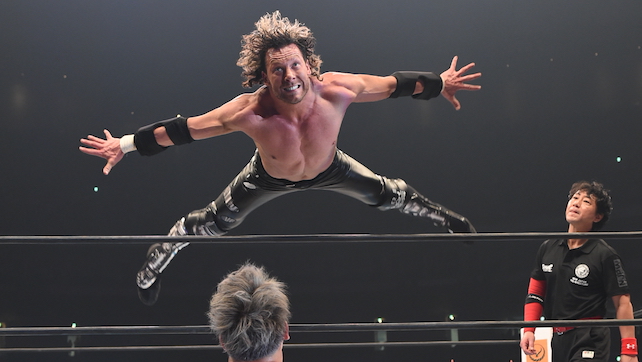
If you’re enthusiastic about a match, why not just say it was a great match? Doesn’t that essentially accomplish the same thing as a star rating, only with perhaps a little less leeway for bias? It may not be as specific in differentiating between two similar matches (a “great” match could be four or five stars), but that minutia is all subjective anyway, and a waste of time to focus on.
It’s easy to see the correlation between the decline in product interest, live event attendance, and ratings, along with the focus on larger-than-life characters and compelling storylines versus in-ring work rate. Without characters and storylines, professional wrestling is just two people fake fighting in their underwear. As WWE lost much of its mainstream appeal from the Attitude Era, it made a decision to focus on the smart fan base and milking them dry, rather than adapting back into the mainstream as they once were.
This required them to primarily focus on in-ring work rate, which is what the majority of smart fans care about the most. It also heavily popularized the “star ratings system” among smart fans. When you look back at perhaps the two greatest eras in professional wrestling, the Golden Era, and the Attitude Era, the matches aren’t necessarily thought of as exceptional from an in-ring standpoint, yet they were extremely successful times in the professional wrestling business.
How historic was Hulk Hogan versus Andre the Giant at WrestleMania 3 (my favorite match of all-time)? What about the rematch on The Main Event in 1988 (an eight minute match that was the most watched professional wrestling match in history)? In fact, I rate them both seven stars.
See Meltzer, now I’m changing the questions! How well would those matches go over with WWE’s modern fan base? You could easily argue it would be littered with boring chants, or receive little reaction at all (because of the focus on in-ring work rate), which is a shame.
Everybody understands that the curtain was pulled back on professional wrestling, and it’s evolved. The wrestlers are more athletic today than ever. However, that doesn’t mean that match quality should be largely based on who can perform the most flippity-doo’s, or finishing move kick-outs at 2 7/8.
We can suspend disbelief if given the opportunity, and allow ourselves to watch what should be a simulated fight, not a Cirque Du Soleil routine. How can we suspend disbelief though when we’re so focused on in-ring work rate, a glaring reminder that it’s all just a big work?
I’ve often found that too many smart fans care about Dave Meltzer’s opinion on how good a match was. Although that can be attributed to his body of work, Dave is no more of an expert in that category than you or I. Dave doesn’t define what a five star match is, that is simply in the eye of the beholder.
Like everybody, Dave has implicit biases that affect his ratings of matches. Did you ever notice how excited he gets when discussing matches in NJPW, or PWG, in comparison to WWE Raw? Has Dave ever given a poor rating to a Young Bucks match? Personally, I don’t find them to be that great, but they didn’t name a move after me either.
As wrestler’s become eager to appease smart fans by having a five star flippity-doo-fest, they take more risks that outweigh the reward, which simply isn’t logical.
For the long term health of the professional wrestling business (including its talent), I implore fans to reject this culture of focusing on in-ring work rate, which is largely wrapped in this idea of rating the quality of matches with star symbols.

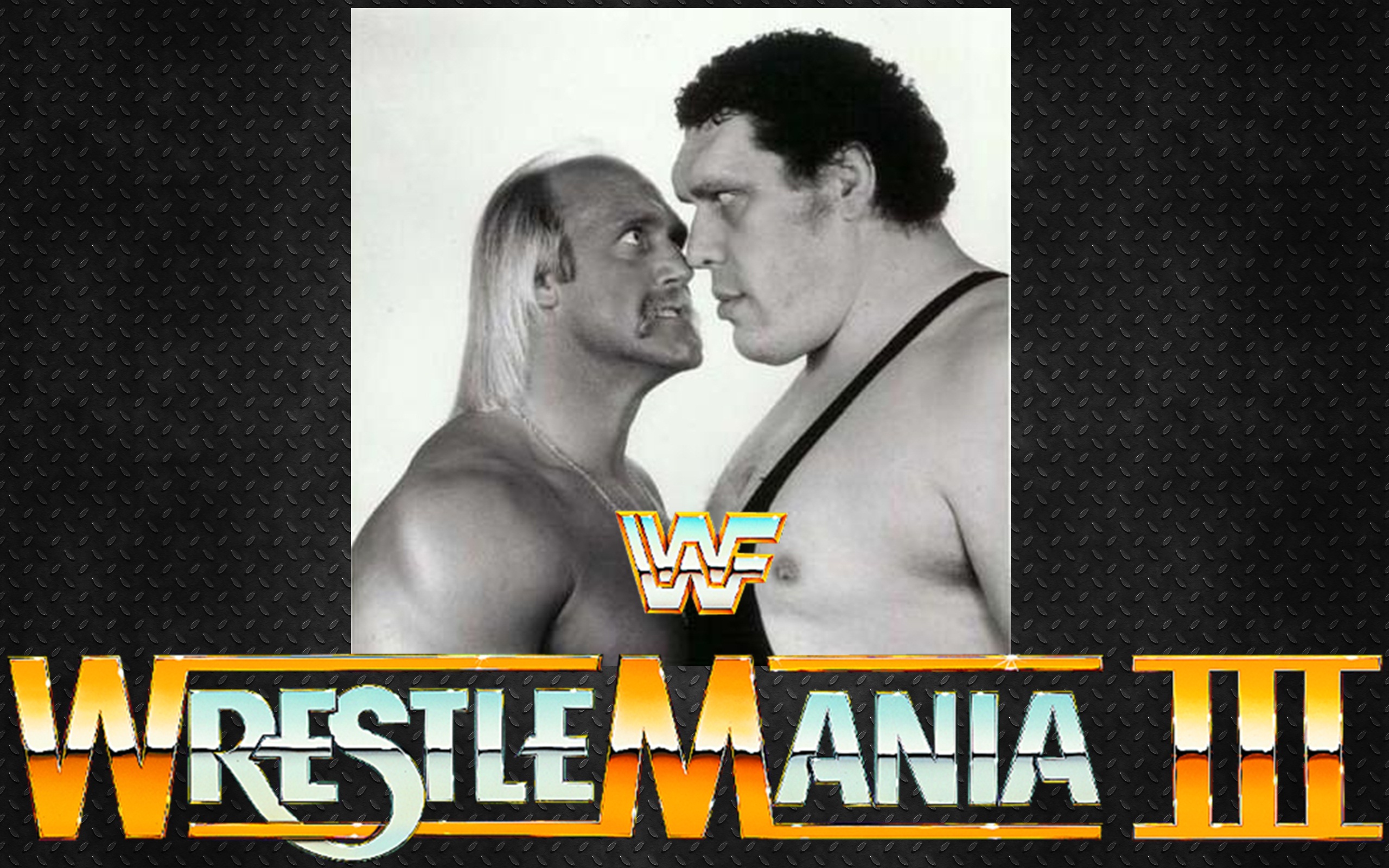








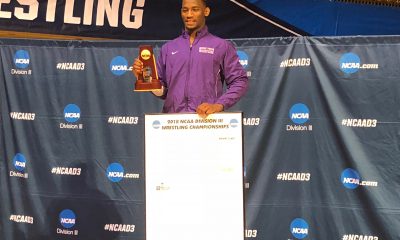

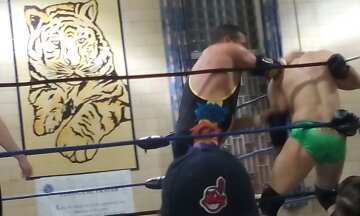

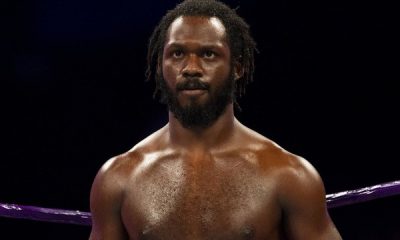

Recent Comments